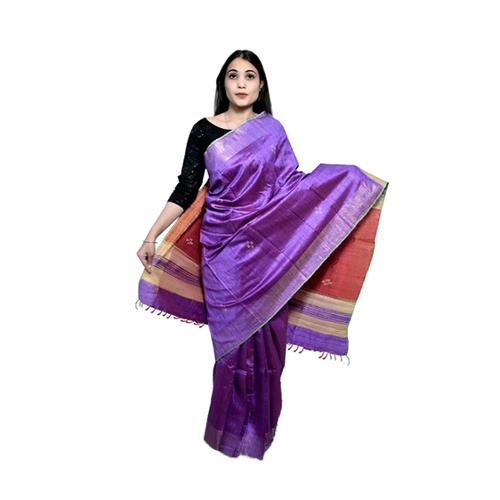Importance Of Saree In Indian Culture

Saree, also called as Sari, is the most famous Indian attire worn by women not only in India but all over the world. It is because of its sensuality that it has grabbed attention since time immemorial. A saree makes a woman look elegant, gorgeous and stylish.
Usually 3.5 to 9 yards in length, saree can be worn in different ways that define its versatility and beauty. It is an outfit that can be worn on almost all occasions.
Importance Of Color Of A Saree
Red colored sarees are draped on special occasions such as weddings, parties and other special moments. As red symbolizes dominance and passion, women prefer to wear them on various occasions.
Blue colored sarees stand for peace, calm and serenity. It is suitable for when a lady wants to stand out in the crowd. Orange stands for freshness and brightness and orange-colored sarees are normally worn when it is bright and sunny outside.
Yellow represents optimism, light and warmth. Perfect for functions and ceremonies taking place during the daytime, yellow sarees make you look cheerful and intelligent.
Adoption Of Saree By All Religions
India being a country of a great cultural diversity, many of the Indian Christian brides prefer to wear a modest looking white saree with a white blouse instead of their traditional Christian Wedding Gown. The head is covered either by the end of the saree or a scarf, generally of the same saree material.
A South Indian Christian bride generally wears coloured, usually red or green or yellow.
Popular silk wedding sarees are from Benaras, and Bangalore (Mysore Silk). Similarly, popular cotton Handloom Sarees are from Calcutta (Valkalam) and South (crepe).
Swiss cotton/ spun sarees are another area well accepted in the market. Notable Art Silk Sarees, from Surat in particular, as wedding Sarees are called Poonam, Micro Madhushree, Chiffon and Georgette.

